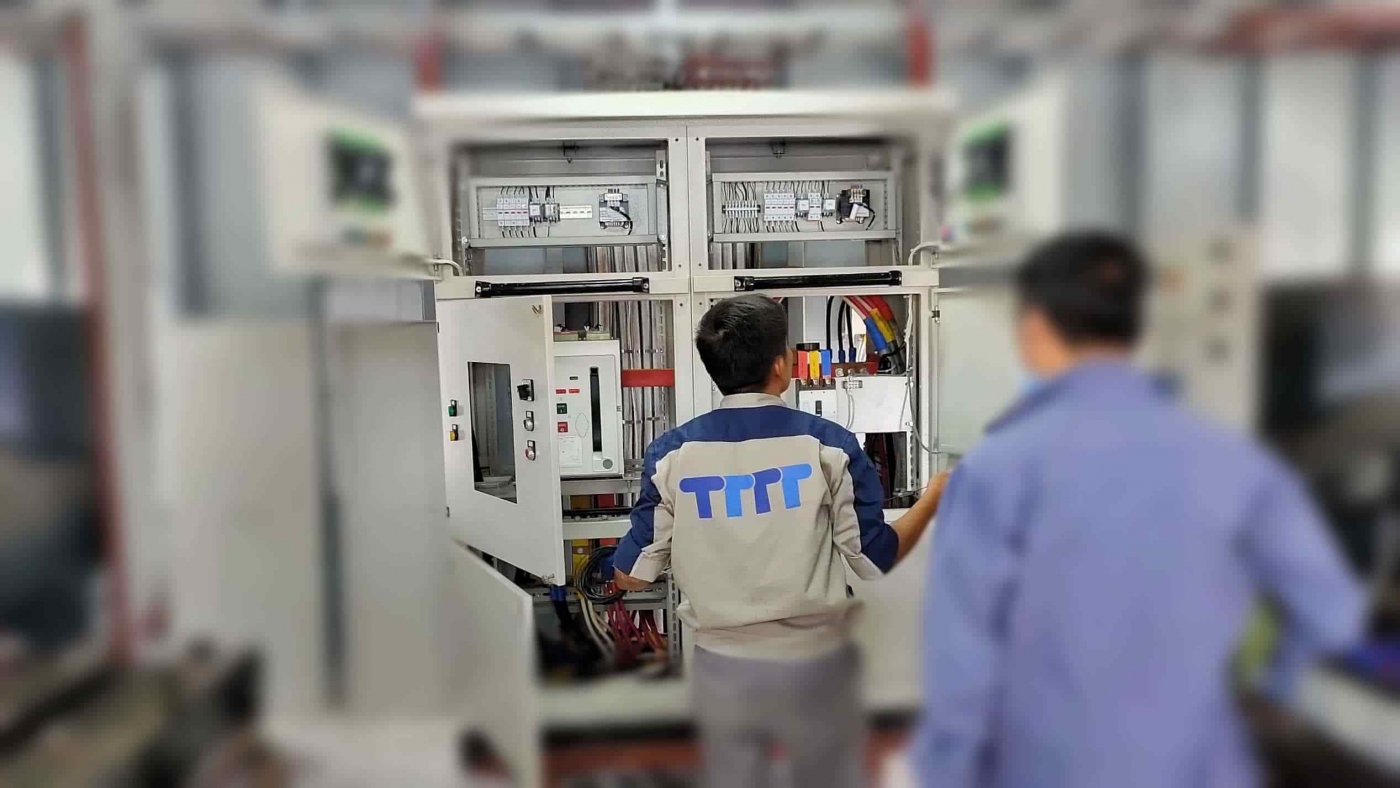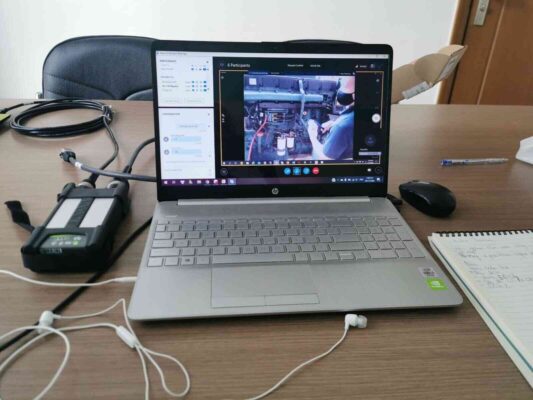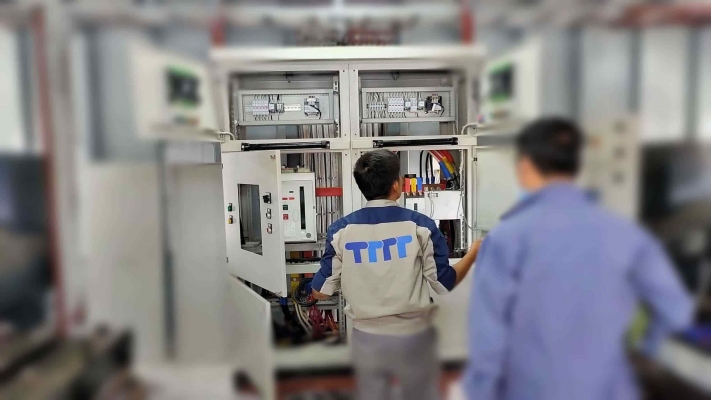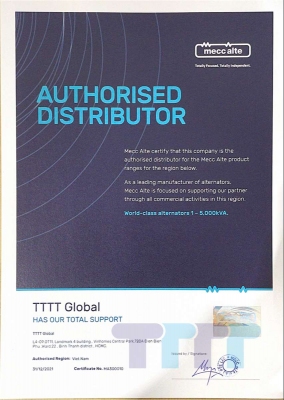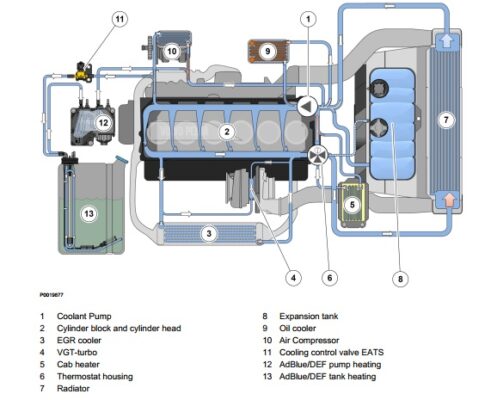In the electrical system, the installation of equipment is strictly according to the requirements and in accordance with the requirements of the customer, so the proper wiring is a prerequisite. When wiring, you can’t go to one line for each device, but you need to calculate the wiring method that is suitable for the electrical system, so the wiring is very necessary. So How many types of electrical connections are there to match the requirements of use?
You may be interested in the following articles:
- What is step voltage? When does the step voltage appear?
- What is a transformer used to? What is its working principle?

Contents
How many types of electrical connections are there?
How many types of electrical connections are there TTTT? Currently, there are 3 main types of electrical conductor connections and are most commonly used. The names of the types of electrical conductor connections are:
Straight junction: Used to increase the length of an electrical conductor, a splice connects two conductors together to form a longer conductor.
Branching junction: Used to branch an electrical conductor to another branch, the junction has the effect of dividing the wire into an additional branch to provide another line.
Connections using accessories: Used in special cases to connect to devices such as sockets, switches, CBs, etc. Each connection has the effect of dividing the wrong wire for different purposes such as electrical cabinets for generator engines.
Conduit connection requirements and general wiring procedures
Requirement for wiring connection
The requirement for the connection of the conductors is that the quality of the conductors is that the connection must have good electrical conductivity as a prerequisite, high mechanical strength, and technical safety must be ensured when transmitting power. high aesthetics. When connecting wires, it is necessary to have an insulating sheath, not to cut into the core of the conductor, the connection must be clean and strong.
The connection of a conductor directly affects the transmission of the electrical system at that connection. If the connection is loose, it will make the circuit easy to break and create dangers such as short circuit, sparks affecting the safety of the electrical system and possibly damage and fire at that connection.
General procedure for connecting electrical conductors
The general process of connecting electrical conductors consists of 5 main steps, including:
Peel off the insulation: We need to peel off the insulation before starting to connect the wires, peel off a piece just enough to make the connection and avoid affecting the core of the wire.
Core cleaning: Clean the conductor core with sandpaper to give the conductor the best electrical conductivity.
Connecting conductors: Connecting conductors with peeled cores by means of 3 connections which are straight junction, branch junction and accessory junction.
Solder the joint: Clean the joint and use a soldering iron, re-solder the joint with a lead to make the joint stronger.
Splice insulation: Use electrical glue or insulators to insulate electrical wires to prevent the wires from leaking out.
See more: What is a generator rectifier? Its principle of operation.
Formula for calculating conductor cross-section and resistance of conductor ohm’s law
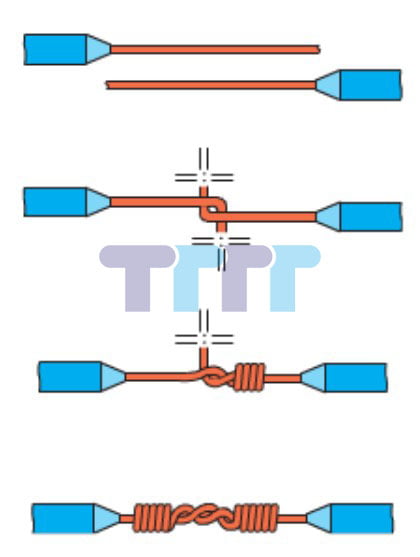
The most commonly used formula for calculating conductor cross-section is that we calculate the maximum amperage flowing through the conductor and then deduce the conductor cross-section by dividing the conductor strength by 6. Example amperage. The maximum current is 15A, the conductor cross-section to choose is 15/6 = 2.5, so we can choose conductors with a cross section of 2.5 or higher. Or you can choose according to protective devices such as CB, CB with a protection current of 32A, you should choose a conductor with a cross section of 32/6 = 5,333, so you should choose a conductor with a cross section of less than 5.3 so that the CB can protect protection for conductors.
The resistance of the ohm’s law conductor is calculated by the potential difference (U) divided by the amperage (I) in the circuit to calculate the resistance of the ohm conductor (R).
See more: Function of the generator voltage regulator.
Company name:
TTTT GLOBAL co Ltd,.
Address: Landmark 4 Building, Vinhomes Central Park, 720A Dien Bien Phu Str, Ward 22, Binh Thanh District, Ho Chi Minh City, Vietnam.
Website: https://ttttglobal.com/en/
Hotline: +84286 2728 334
Email: Info@ttttglobal.com
CATEGORY: TECHNICAL QUESTIONS AND ANSWERS
RELATED POSTS

